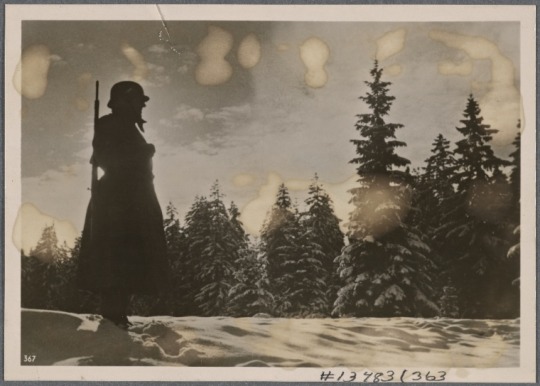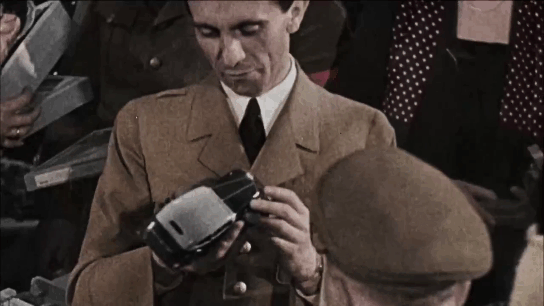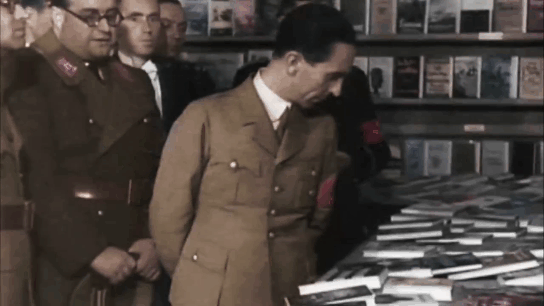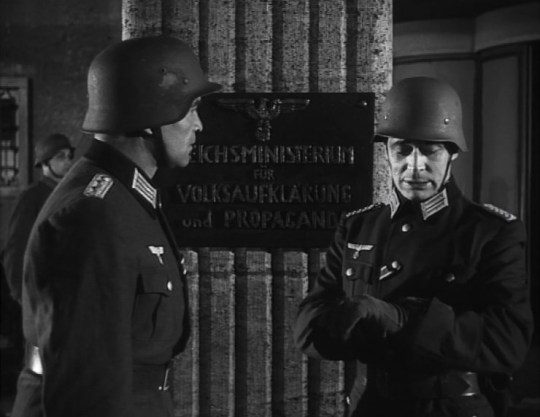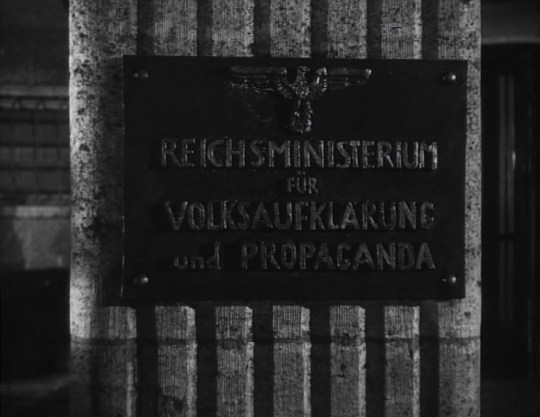Text
I saw the playthrough of Who's Lila again and I feel like delving into mystical stuff again. Dreams beckon.
0 notes
Text
Brief astrological reading for my dude Reinhard Heydrich

Generally the chart implies a dignified, but paranoid personality. There is a sense of simultaneous self-importance and vulnerability, a proclivity to hiding and presenting oneself as a hardened, tough, perhaps cruel person. Both struggles to give and receive affection, feeling undeserving.*
Will is tenacious and mind quite imaginative and empathetic. Hungry for movement and experience, competitive. There aren't many signs of extraversion and prefers spending time in quiet places.
*A Venus-Saturn aspect this close implies a need for control for everything Venusian, amplified by the Plutonian trine. His appearance, relationships and self-esteem are issues that rest on his mind constantly.

32 notes
·
View notes
Text
Idea: Heydrich holding a dagger that's like this

2 notes
·
View notes
Text
List of persons of interest:
- Reinhard Heydrich
- Joseph Goebbels
- I don't like Hitler as much but I will read anything about him I come across.
- Heinrich Himmler
6 notes
·
View notes
Text
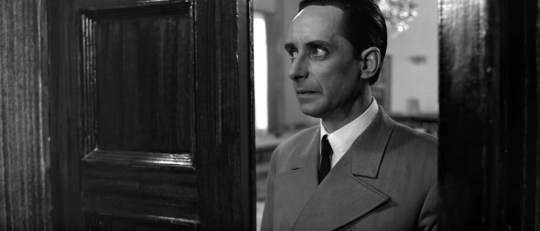

Освобождение / Liberation (1970) | Horst Giese
13 notes
·
View notes
Text
Hi everyone!
I used to be freddie-rus and angry-fred, but the both accounts were purged (each lasted about a month or so).
I kinda feel devastated now, because I really put much of my soul and effort in my blog. I wish I could surrender to spleen and dissolution of soul. But I feel that I have no moral rights for that, since it was me who always strived to encourage the others to come back and be a part of community again.
Perhaps the lost posts are not the biggest loss. I don't regret a single minute I spent for them, if they made somebody happy.
We must keep coming back, because people (even as weird as we) build community. And as a community we represent strength, comfort and common idea.
I don't have in mind any particular strategy for the next blog. Should I keep silent and just watch/comment the others? Should I post again my old materials? (as if they didn't turned into dust forever) Or I need to find some new vision for all of that? I really don't know now.
What I really know is that I want to stay connected with you guys, because you matter to me a lot :3

In short - I'm glad to be back.
PS My nickname not only represents that this is the THIRD (😉) blog of mine. It also should be read in Russian like ай-яй-яй xD
55 notes
·
View notes
Text
These are some facts and curiosities about the " Album Höcker"
• the Album is a collection of 116 photographs belonging to Karl-Friedrich Höcker, who from May 1944 to January 1945 was an SS officer at the Auschwitz concentration camp. The photos are a unique testimony to the Holocaust, documenting the social life of SS personnel outside of service in the camps.
• Karl-Friedrich Höcker's photo album dates back to the period of his stay in Auschwitz. It is therefore contemporary both with the four photos of the Sonderkommando, taken clandestinely in August 1944 by a member of the group of prisoners who worked in the crematoria at Auschwitz-Birkenau (perhaps the Greek Jew Alberto Errera) and sent to the Polish resistance, and with Auschwitz Album, also in some way connected to Richard Baer and Karl-Friedrich Höcker but which has a more official character and documents the selection and extermination operations of the deportees within the camp.
• Many of the most notable photographs were taken at Solahütte, a recreation center about 30 km south of Auschwitz on the Sola River, where SS personnel were sent on bonus leave for day trips or short periods of leave.
• The same atmosphere of relaxed carefreeness is also repeated in the photos documenting a trip organized for the Helferinnen (female auxiliaries of the SS), on 22 July 1944, again in Solahütte.
• In 2006, six years after Hocker's death, the American officer turned to the United States Holocaust Memorial Museum and in mid-January 2007 the album was finally able to be examined by the centre's scholars, who made it available for international research, proceeding with the difficult task of identifying the people portrayed in the photos.
• Some people depicted in the album are:
Rudolf Hoss
Karl Hocker himself
Eduard Wirths
Josef Mengele
Richard Baer
Otto Moll
Josef Kramer
Some pictures from the Album:

Rudolf Höss chatting with some officers
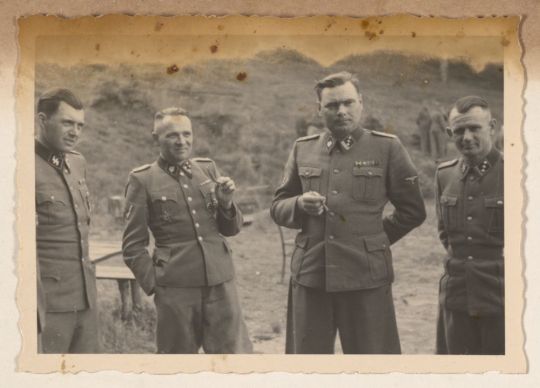
From left to right: Josef Mengele, Rudolf Höss, Josef Kramer and Otto Moll.
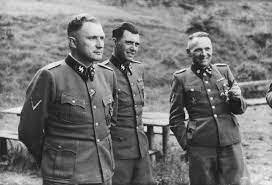
One of the most famous pictures from the Album: from left to right: Richard Baer, Josef Mengele and Rudolf Höss.
Sources:
Wikipedia: Hocker Album
Pictures: The site of the US Holocaust memorial
6 notes
·
View notes
Text

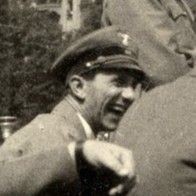




Just a ratty silly doctor.
I don't have any ideas. Help.
55 notes
·
View notes
Text


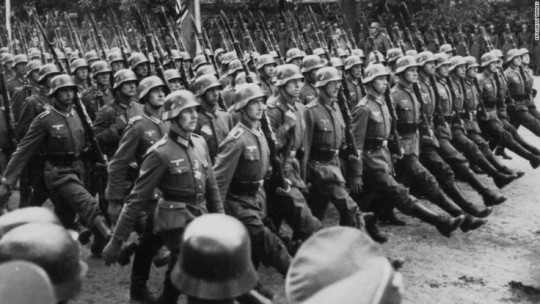
These are some facts and curiosities about the SS:
• the first SS formation appeared in 1923. In fact, it was in March of that year that the first military formation of the future SS Order was formed, the Strabswache, guard of the headquarters.
• Born to be Adolf Hitler's bodyguard, they swore an oath of loyalty and honor to him alone.
• To distinguish itself from other SA formations, the new formation chose the skull as its distinctive sign.
• On January 6, 1929, Hitler appointed Heinrich Himmler head of the SS, which at the time numbered only 280 men. With Hitler's approval, Himmler expanded the ranks of the SS and by the end of 1932 it already had 52,000 members. After just one year they had reached over 209,000 men.
• Their motto was "My honor is called loyalty".
• Rudolf Hoss, the commander of Auschwitz, said in his autobiography: The Fuhrer commands, we obey, it was neither a phrase nor a slogan for us. It was a concept taken terribly seriously.
• The SS received control of the Gestapo in 1936. By the time the Second World War began, the number of members rose to 250,000; the Waffen-SS was formed in December 1940 to fight alongside the Wehrmacht, often with wide autonomy of action.
• Only two institutions were not affected by the SS penetration: the army and the Ministry for Propaganda.
• More than any other organization in Hitler's Reich, it embodied, propagandized and implemented the illusion of the dominant race: The Aryan Race.
• The minimum acceptable number of children for an SS member was four.
• No member of the organization can marry without the permission of the Reichsfuhrer SS (but it's your business, eh Himmler? What a nosy bespectacled hamster)
• On September 30, 1946, the judges of the Nuremberg trial court condemned the SS, declaring it a criminal organization. The judges underlined this ruling by declaring that «the SS was used for purposes that were criminal, which included: the persecution and extermination of the Jews, brutality and executions in concentration camps, excesses in the administration of the occupied territories, the administration of the of slave labor and the mistreatment and murder of prisoners of war. The ruling went on to state that the suspicion of war crimes would involve all persons who had been officially accepted as members of the SS… who became or remained members of the organization knowing that it was being used to commit acts declared criminal by Article 6 of the London War Crimes Statute."
• A fundamental characteristic of the SS was the (mandatory) tattoo on the inside of the left arm which reported the blood type and the SS serial number
•Members of particular note:
Heinrich Himmler: Reichfuhrer SS
Reinhard Heydrich: Head of the SD
Theodor Eicke: the first commandant of Dachau
Rudolf Hoss: the first commandant of Auschwitz
Josef Mengele: The Angel Of Death or '' Doctor Auschwitz''
Adolf Eichmann: Director of the department in charge of deportations and other “Jewish issues”
Heinrich Muller: ''Gestapo Muller'' the head of the Gestapo
Ernst Kalternbrunner: Heydrich's successor
Symbols of the SS:

The Totenkopf (from the German, skull), made up of a grinning skull and crossed bones, was undoubtedly the symbolic emblem of the SS and the terror associated with it. Referring to the tradition of the military corps of the Kingdom of Prussia first, and of numerous Freikorps later, the SS also adopted the death's head as their characteristic decoration
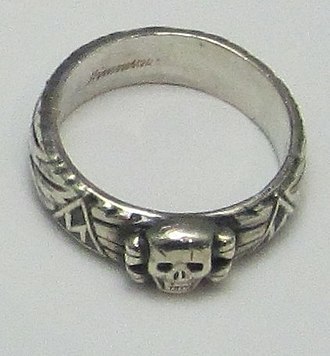
Established by Himmler on 10 April 1934, the Totenkopfring der SS ("SS Skull Ring") was one of the most coveted decorations of the SS. It had the value of a very high recognition since it was an indication of the personal merits of the wearer, of his devotion to duty, of loyalty to Hitler and National Socialism.

Heinrich Himmler, famously passionate about occultism, adopted many of these runes as a symbolic reference for the SS divisions. The symbol with the double Ss, created by placing two Sig - Runen (ᛋ) side by side, was created by the German graphic designer Walter Heck in 1933. Other runes, the Armanen Futharkh, were created by Guido von List and some were taken directly from the ancient Futhark.
Above: SS- Runen on the SS Ring of Honor ( i will make a separate post on this topic with all the ruins and their meaning hehe)
Sources:
The SS: Wikipedia
SS: the black order of the reich by Enrico Cernigoi
Rudolf Hoss: Commandant at Auschwitz
120 notes
·
View notes
